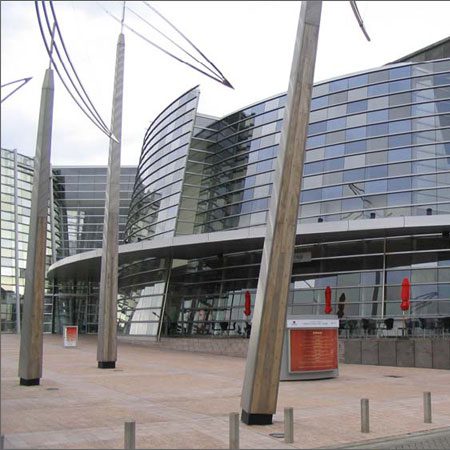The Council is committed to ensuring that all its buildings are safe for the public and its staff, especially after major earthquakes. Seismic monitoring gives us detailed data, so we can confirm building safety quickly and with confidence.
How seismic monitoring works
Most loss of life and property in earthquakes is the result of strong shaking, which causes buildings and structures to be damaged, or to collapse. The key to reducing such losses is to record the structural response to damaging levels of shaking, so that we can accurately assess how structures perform in earthquakes.
Seismic sensors provide critical data for designing safer buildings and preventing loss of life, by:
- Assessing building safety immediately following a damaging quake.
- Understanding how damage from strong shaking occurs.
- Evaluating and improving earthquake-resistant design strategies, and methods for predicting the seismic performance of structures.
- Improving the earthquake provisions in building codes.
Unfortunately, few buildings in urban areas are currently equipped with seismic sensors.
Art Gallery installation
Our first installation was a permanent seismic monitoring system at the Christchurch Art Gallery. As the home of so many of the city’s cultural treasures, and having served as Civil Defence headquarters after the 2010 and 2011 earthquakes, the Art Gallery takes seismic risk seriously. Its earthquake repairs used the latest engineering solutions, including base isolators that help the building to “float”, reducing seismic stress on the building structure.
Adding seismic monitoring was a natural next step for this beautiful and determinedly resilient building. The implementation features 5 accelerometers throughout the building.
Outcomes
- Provides real-time accurate information on what shaking the building experienced in a seismic event, how the building has responded, and how its contents may have been affected.
- Provides a high degree of confidence regarding occupancy following a significant earthquake, as alerts are sent directly to facility managers’ phones.
- Can be used to reduce down-time following a significant earthquake.
- Identifies any degradation or loss of stiffness due to a seismic event, and reduces the risk of damage being overlooked.
- Provides factual information that can be used to assist with any insurance claim.
What’s next?
We’re working with the managers of major Council facilities to ensure seismic monitoring is factored into rebuild plans, and to identify suitable buildings for retrofitted systems.



